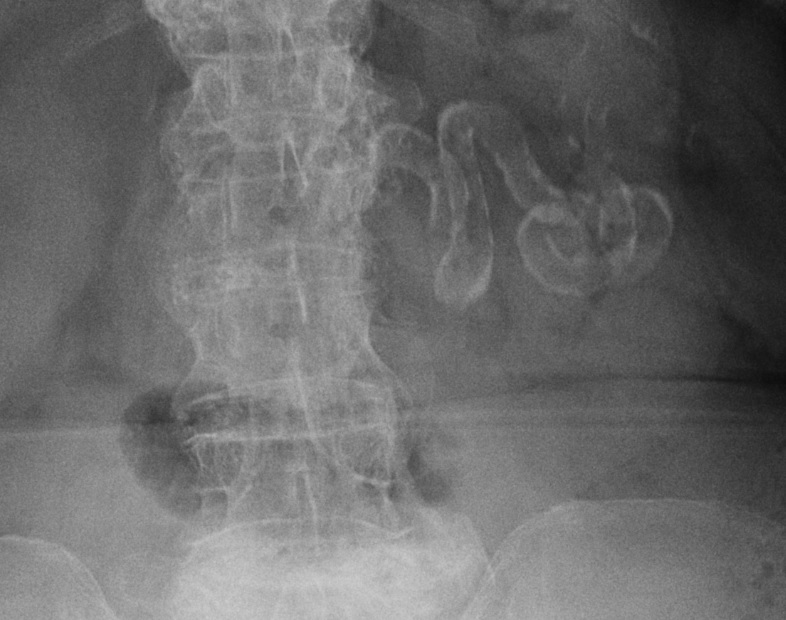Presentation
Abdominal distension and pain, to r/o obstruction
Patient Data
Case Discussion
A heavily-calcified splenic artery is a common finding in older patients and usually has no clinical significance. The tortuosity of the splenic artery is normal in older patients and means that following a splenic artery on a normal CT/MRI might be challenging as it traverses multiple axial planes.
The first description of the radiographic appearance of this was in 1935 1.
Occasionally a splenic artery aneurysm or pseudoaneurysm might be visible, although these are no more common in calcified splenic arteries 2.
This appearance has been given the monicker, the Chinese dragon sign, for understandable reasons 2.





 Unable to process the form. Check for errors and try again.
Unable to process the form. Check for errors and try again.